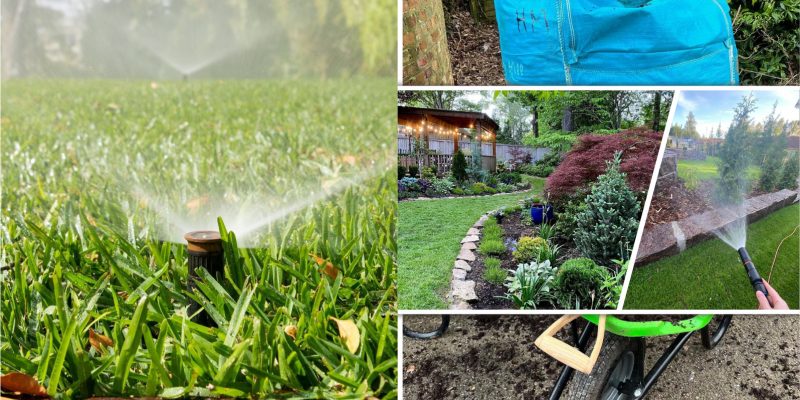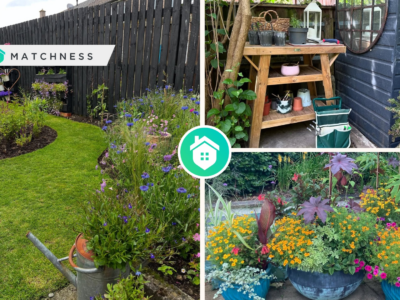After the cold winter months, spring is a great time to start for gardening and take care of your garden. If this year’s winter has ruined your garden, then this spring you will feel even more excited to go to the garden again. Whether you are an old gardener or a newcomer. Returning to the garden in spring will encourage new growth and color in your space. Therefore, you have to prepare your garden this spring to get the garden that you have been dreaming of. Now is the time to make new changes in your garden. It might require a lot of work, but with some planning and following these tips, you can achieve the results you want in no time.

Clean Your Garden
The first thing you should do after the winter thaw is clean your garden thoroughly. Put on your gardening gloves and start to clear out any branches, leaves, debris, and unnecessary plants. Also, clear your garden borders of any weeds and detritus that may have accumulated over the winter. Remove any dead organic matter and put it into your compost pile or bin to break down.

This is the final look of your garden after a thorough cleaning and styling. Doesn’t it look more elegant, cleaner and more comfortable? Yes, here you can also add some outdoor seating areas when needed to enjoy the spring atmosphere with joy. After Garden Cleaning from @clean_gardens

You can cut back weeds in your backyard garden to prepare for this year’s spring garden decorations. Perform cleaning and cutting of plants evenly parallel to the ground or grass to make it tidier and well organized. This is one of the activities that must be done. Prune and Cut Weeds from @theforgottengarden
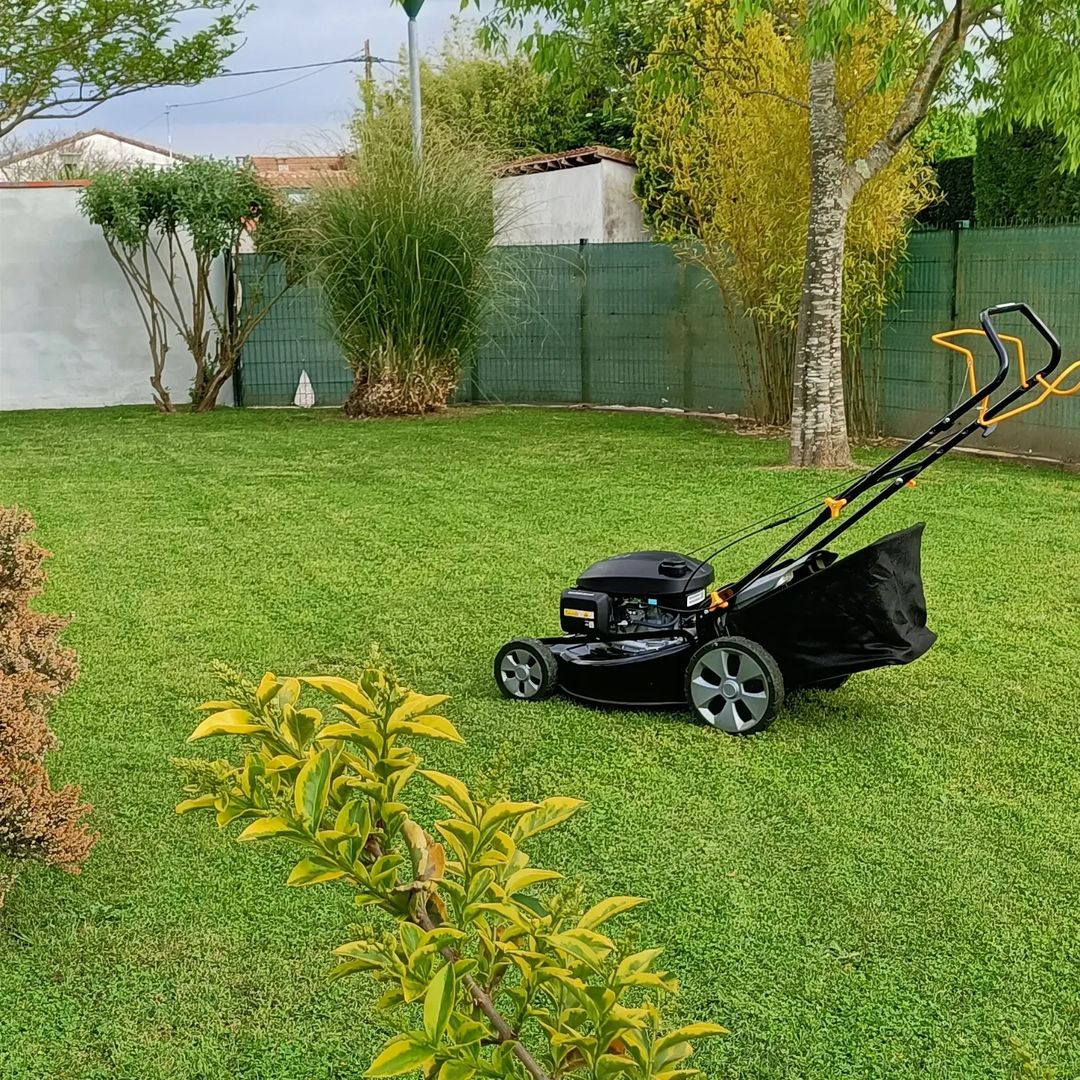
For a tidier garden grass surface, just use a cutting tool to make it more even and tidy. This is one of the activities you can do before redecorating your spring garden. A modern, elegant and eye-catching appearance can be obtained simultaneously so that it is more practical for you to do it yourself. Use Lawnmower from @stephane_etjardins
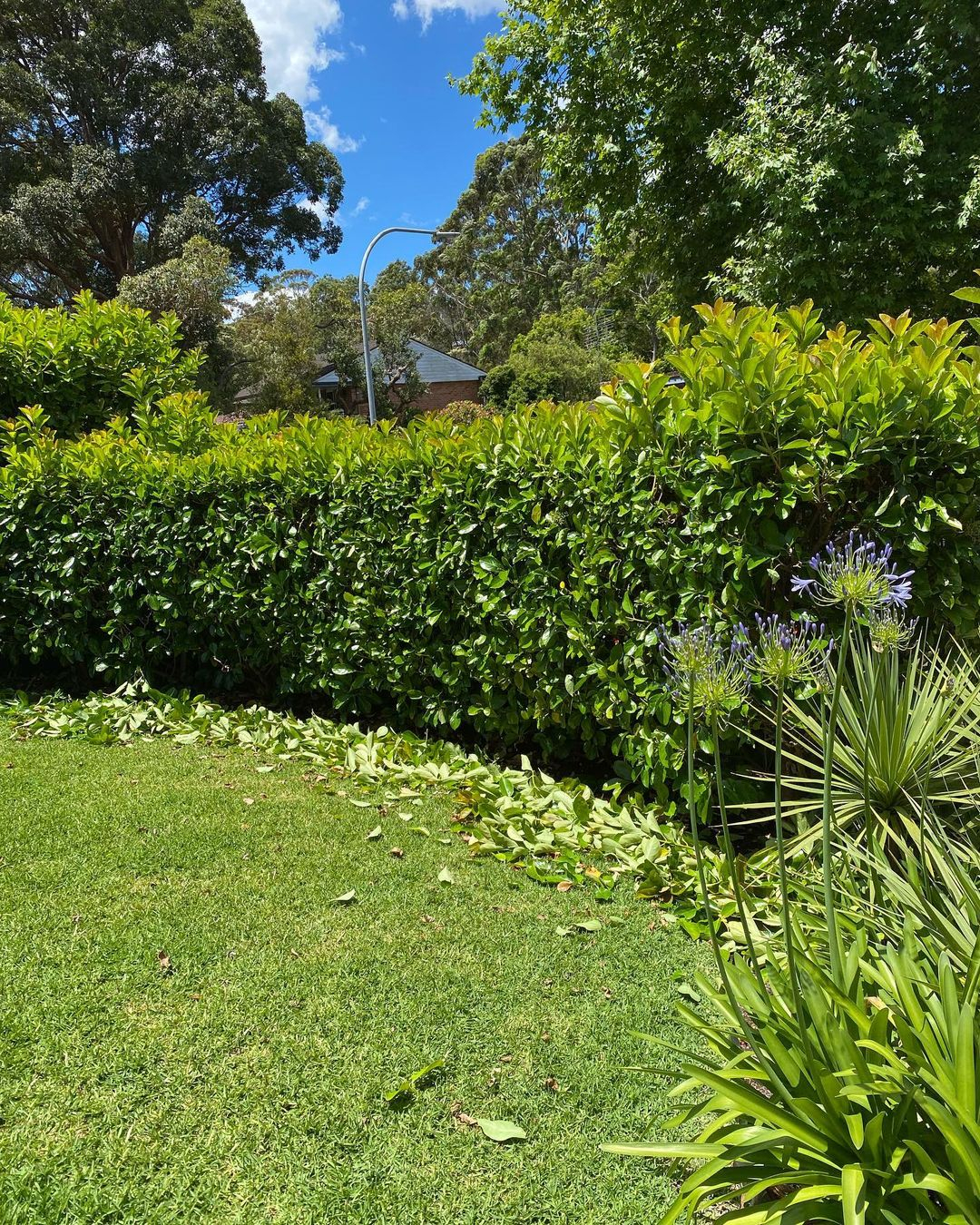
You can do pruning of plants in the hedge area so that your plants don’t disturb the atmosphere of your garden when spring arrives. Just trim these hedges so they have a neater surface and sweep back the cut parts of the plants to keep them clean and free of organic waste. Prune Hedges from @beachesgardenservice
Preparing the Soil
Healthy soil provides your plants with the vital nutrients, water and air they need to grow well. But it can be difficult to get your garden’s soil in the right condition.
It also has to be free of any compaction or unnecessary disturbance, which can reduce the number of beneficial organisms in the soil. By preparing your soil properly, you can make sure it is ready for spring planting.
The best way to prepare soil is by adding organic matter in the form of compost and aged manure. This adds all the nutrients that your soil has lost during the previous growing season and improves the structure of the soil.
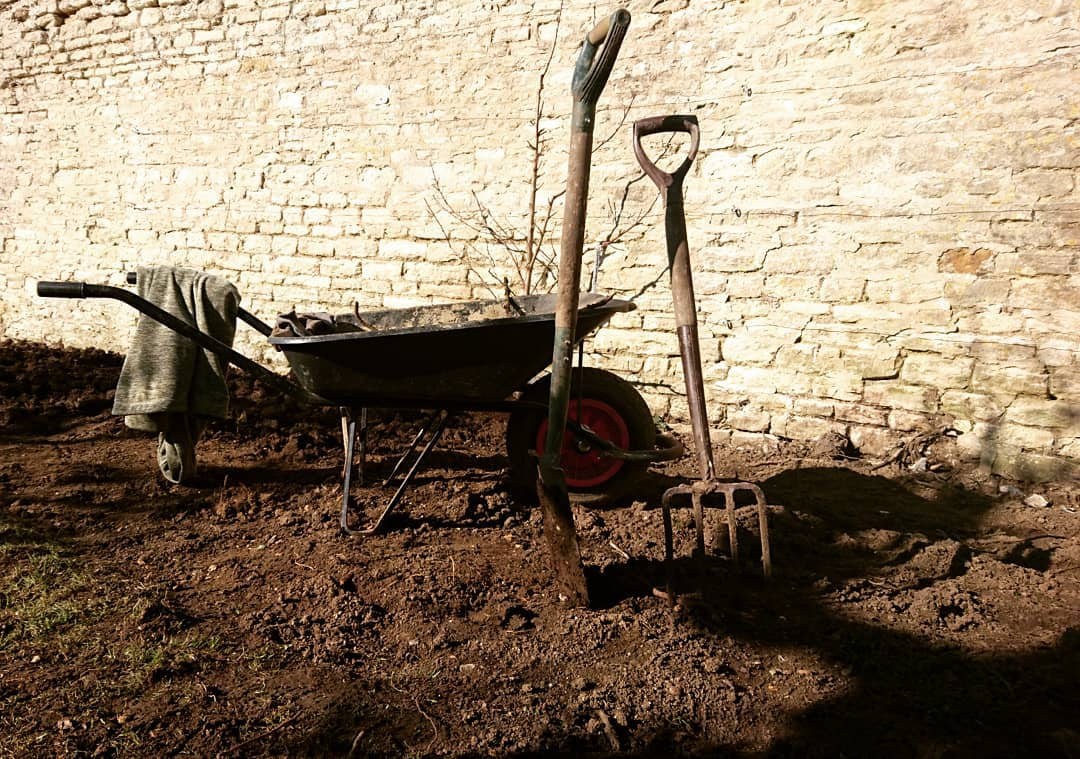
To plant spring plants, you can dig the ground first and free it from roots, this is so that the spring flowers that you plant can develop properly and optimally. In addition, this root digging can also be done alone without having to call a gardener to your home. Digging Tree Roots for Maximum Spring Crops from @hamilton_flowers
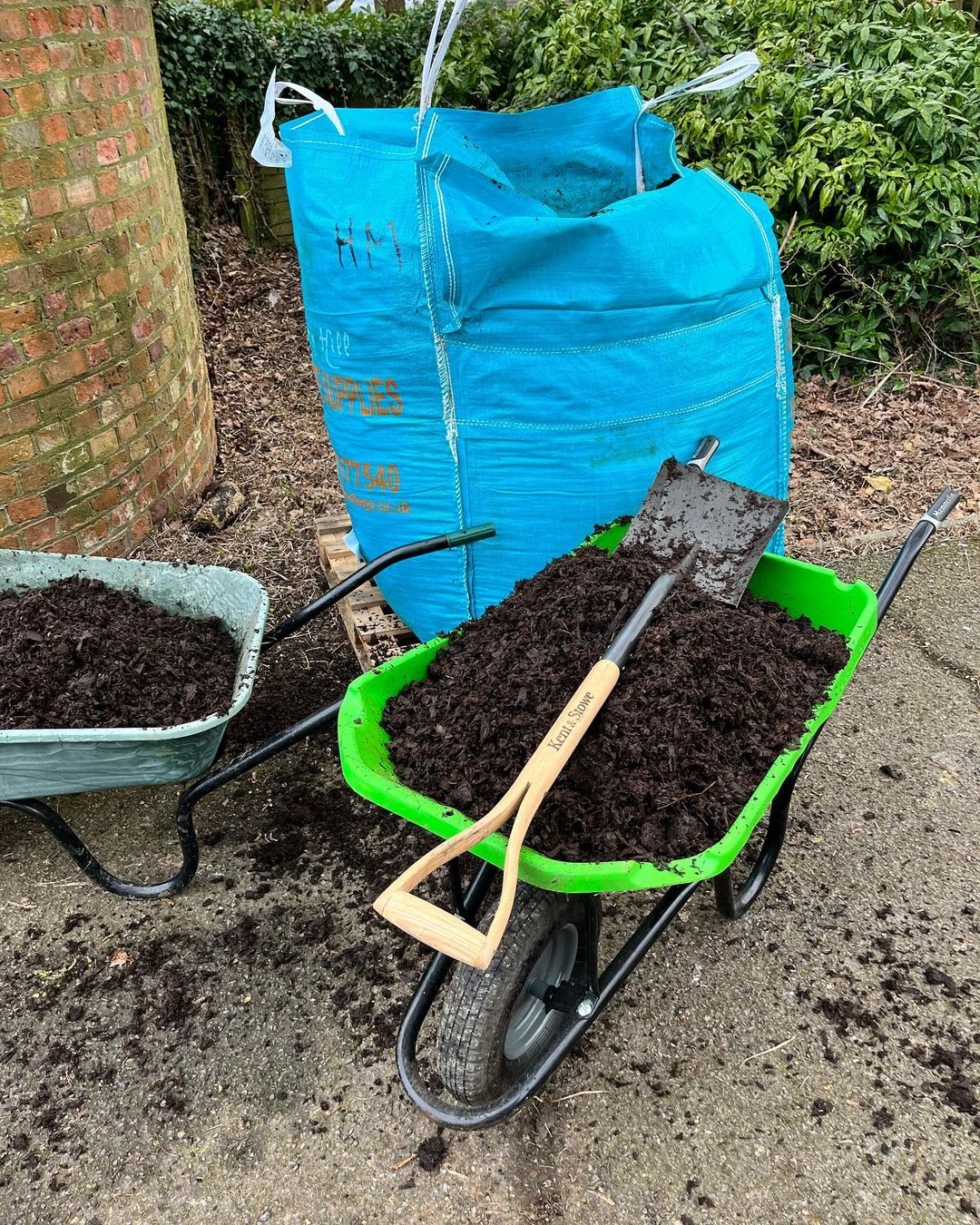
One way you can do to fertilize the soil in the garden area is to give it manure before you do the planting. You can adjust the amount of fertilizer you need according to the size of your garden, just bring this manure using a rickshaw so that it is lighter when brought to the garden area that needs it. Prepare Manure from @trimmingtring
Have a Planting Plan
Spring is the time to start planting. Plan exactly and correctly what you want to plant this season. Do you want to start with a new gardening bed? Or, do you want to move perennials and shrubs elsewhere? Or, you want to plant new plants and flowers that are suitable for growing this spring? Everything you have to think about. Beautiful landscaping will make your garden this spring interesting to look at. The bottom line is that you need to have a plan for what you want to plant this spring.

So that the grow plants that you plant can develop well, then you can make several garden beds with sizes and heights that can be adjusted to the needs and budget that you have. Use more than one garden bed, you can use it to plant vegetables or fruits. DIY Wooden Board Garden Bed from @baldwinblooms

To do a different decoration in the spring garden then you can move the perennials and shrubs elsewhere to the decorative parts of the garden edges only. This will make your garden look neater and more orderly. Also do regular watering to produce plants and flowers that can develop properly and perfectly. Edge Garden Decor from @thepsychgarden
Watering
Keeping your garden watered properly is one of the most important things you can do to keep your plants growing. Without it, your garden can quickly become overly dry and unhealthy.
The amount of water you apply depends on your soil type and the weather. You can also use tools like a watering wand, drip irrigation or soaker hoses to direct the water directly to the roots.
It’s a good idea to recheck the soil after you water, to make sure the water penetrated the entire root zone. If it didn’t, you can increase the watering frequency.
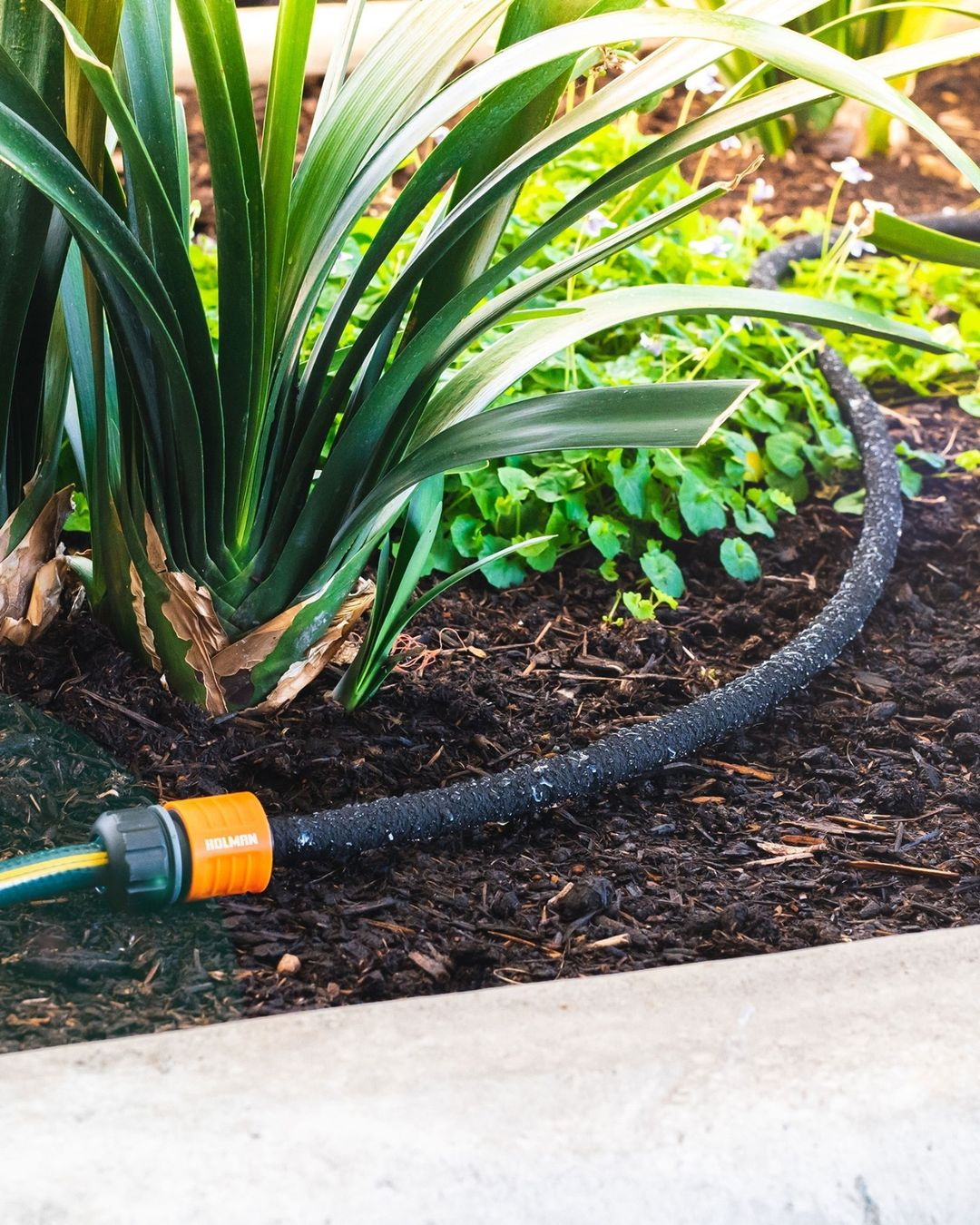
Water in the garden needs attention so that existing plants can develop properly and perfectly. For example, you can use a long dripping hose so that it can evenly water all the plants in the garden area. The material used for this dripping hose is made from reused car tires making it more environmentally friendly. Provide Dripping Hose from @holmangarden
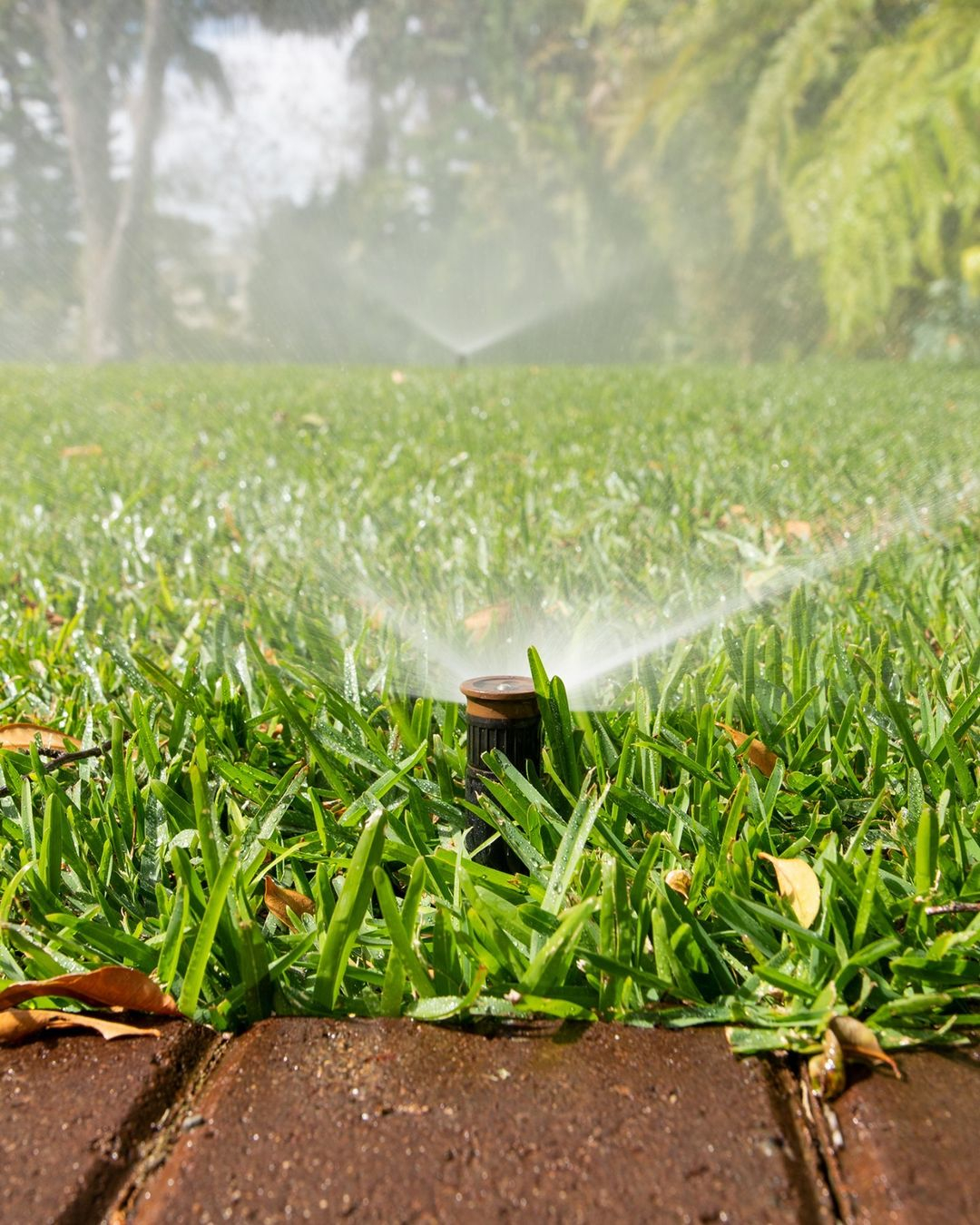
Another sprinkler that you need to think about is for this large, open lawn area. Not only in plants, you also have to keep the grass growing properly and perfectly so that it can give a garden a fresher color and you will never fail to try it. Sprinkler Lawn from @holmangarden
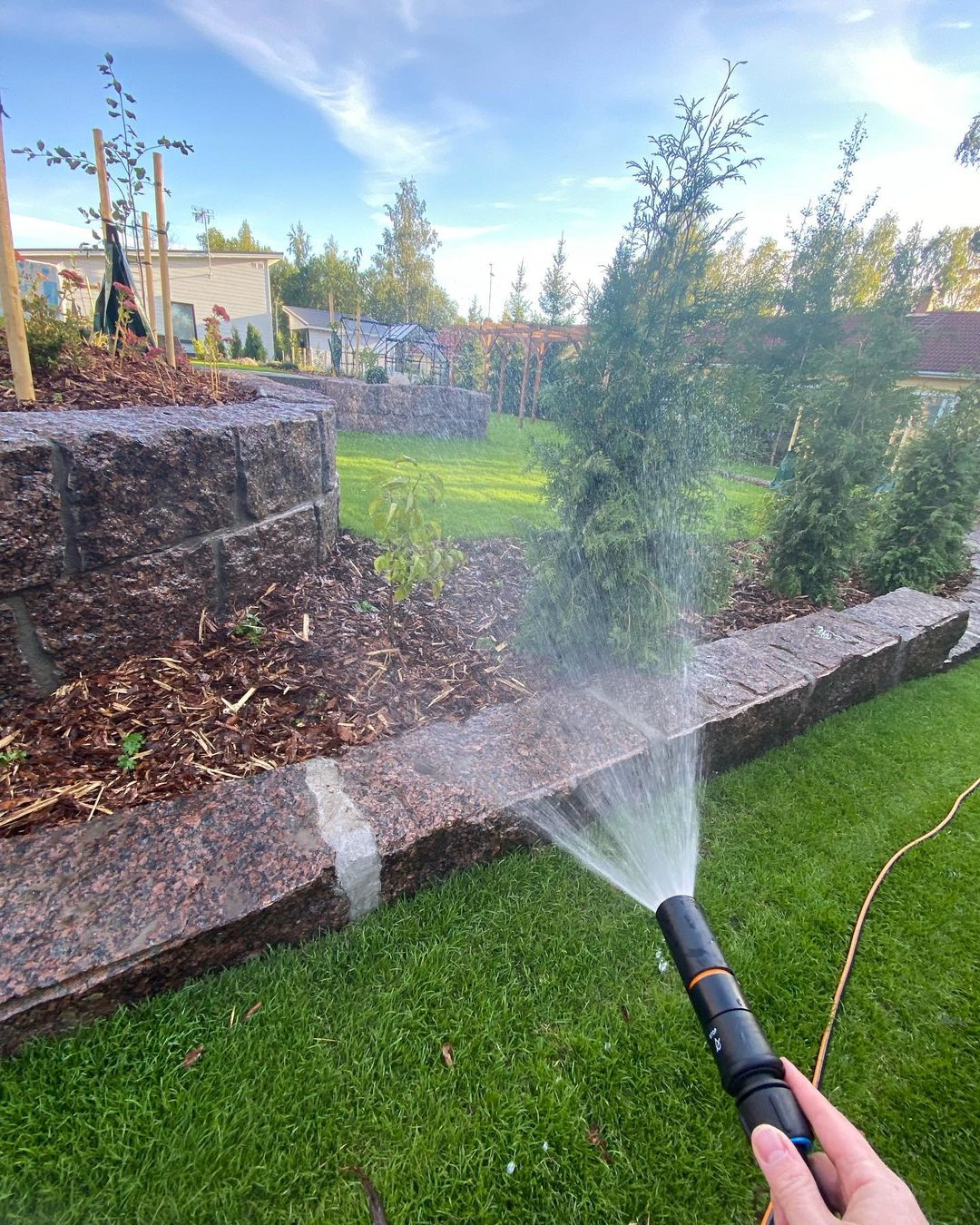
Watering must be done all the time so that the plants in your garden area can develop properly and optimally. To make it more practical, you can use a watering wand so that it can produce splashes of water that can work more evenly. Watering Wand from @villamiekka
Pruning
Spring is a great time to prune your garden as it gives you the opportunity to clean up dead wood and remove any damaged stems. This will help plants grow and bloom more effectively.
Flowering shrubs such as azaleas, rhododendrons, magnolias and lilacs should be pruned after they finish flowering. This will prevent the shrub from removing flower buds and decreasing its ability to produce flowers.
Early-spring blooming shrubs, such as lilacs and forsythia, should be pruned in late winter or early spring after they have finished flowering. These shrubs produce their flowers on wood that was formed in the previous growing season.
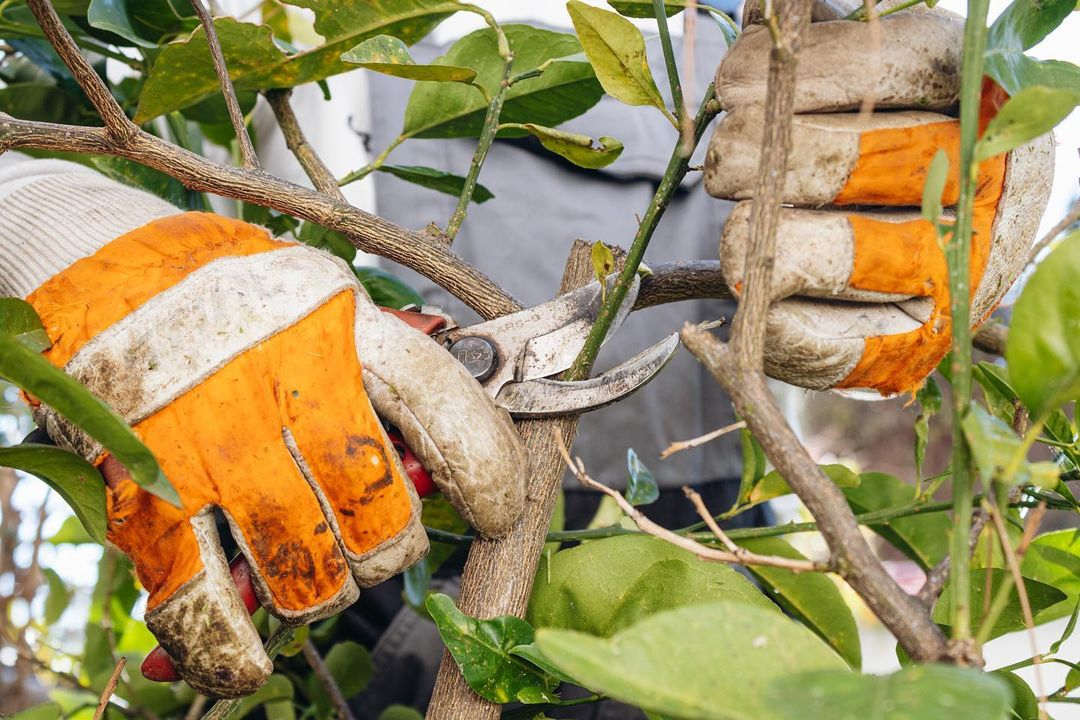
Prune some tree branches that are too long and disturb the atmosphere of the garden this spring. In addition, this pruning is also done so that your tree or plant has new branches that can spring back when you take good care of it, such as watering it every day and providing fertilizer according to the amount needed. Tree Twig Pruning from @momland.gr
Fertilizing
Every plant, whether it’s an annual or a perennial, needs certain nutrients to thrive. These are called “macronutrients” and include nitrogen (N), phosphorus (P) and potassium (K).
Without sufficient amounts of these chemicals, plants will become weak and stunted, producing poor color, foliage, flowers and fruit. Fertilizers can correct these deficiencies, giving your plants the extra nutrients they need to grow and bloom well.
Apply a general-purpose fertilizer that contains the three primary macronutrients in spring, typically in March or early April. Use granular or liquid fertilizers, which should be mixed two to four inches into the soil. Make a second application 6 to 8 weeks later, if needed, when active growth resumes.
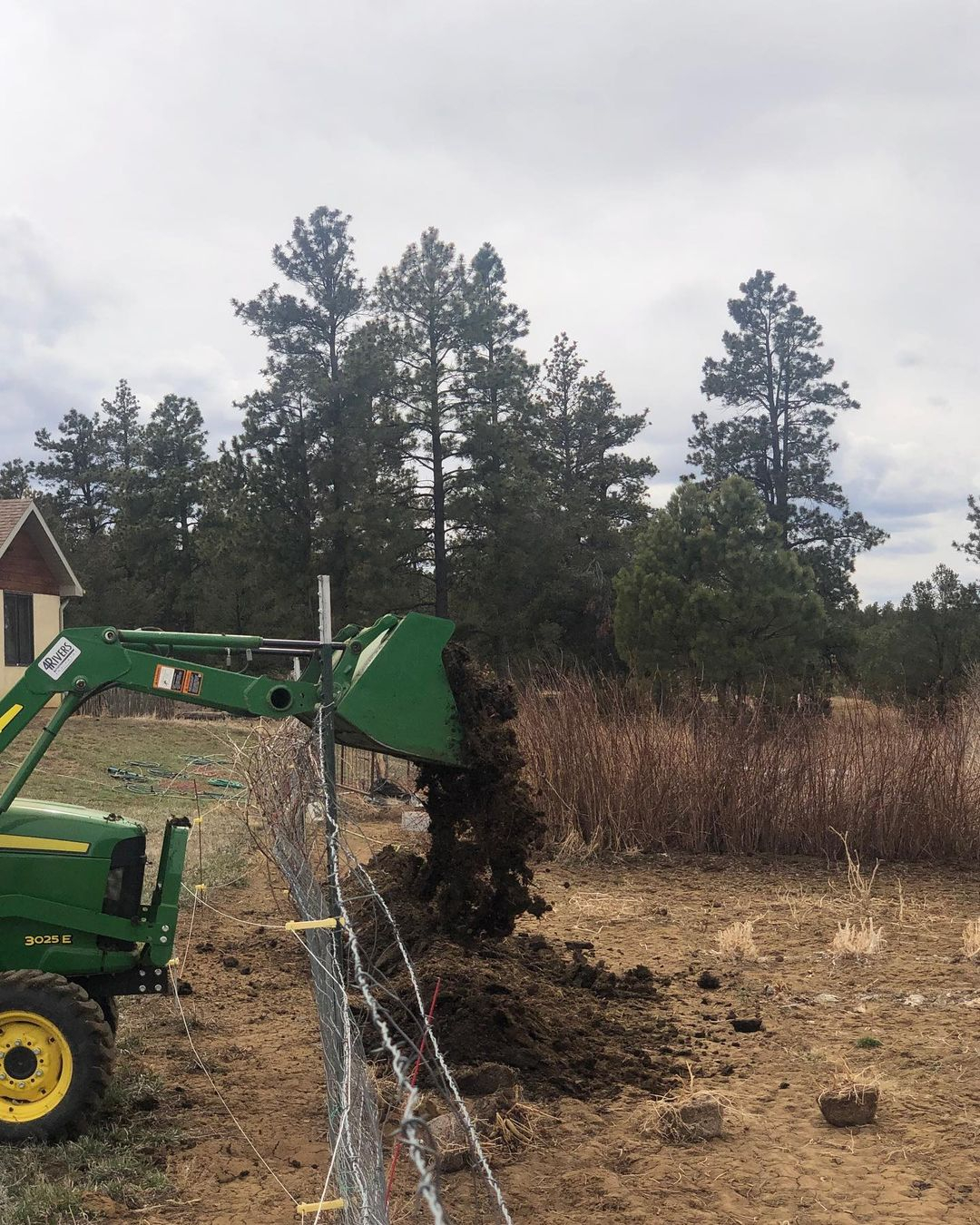
Applying fertilizer to preparing the soil to be used for farming is one of the activities you can do to welcome spring this year. For now you can use organic manure using a mini tractor to make it more effective and more even. Do this fertilization thoroughly to the soil with sufficient levels. Fertilizer Application from @fredeichler
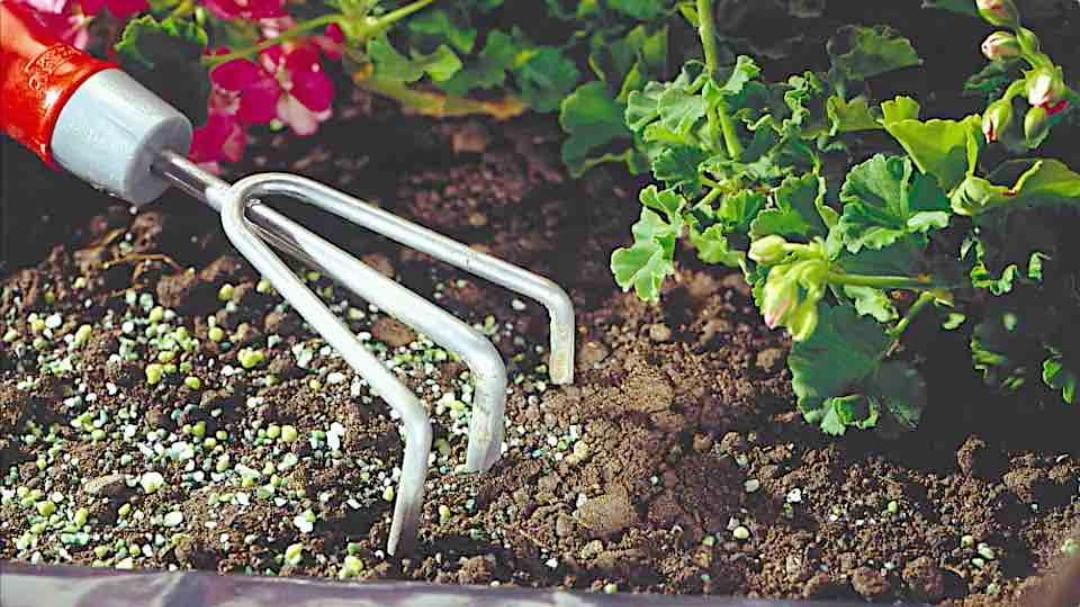
After applying fertilizer, the next thing you can do is scratch the soil using the garden tools you have, this is so that the liquid fertilizer or manure that you apply can absorb it properly. This is one way you can prepare your garden plants for better nutrition. Scratch the Soil so Fertilizer Absorbs Better from @grownbyyou


